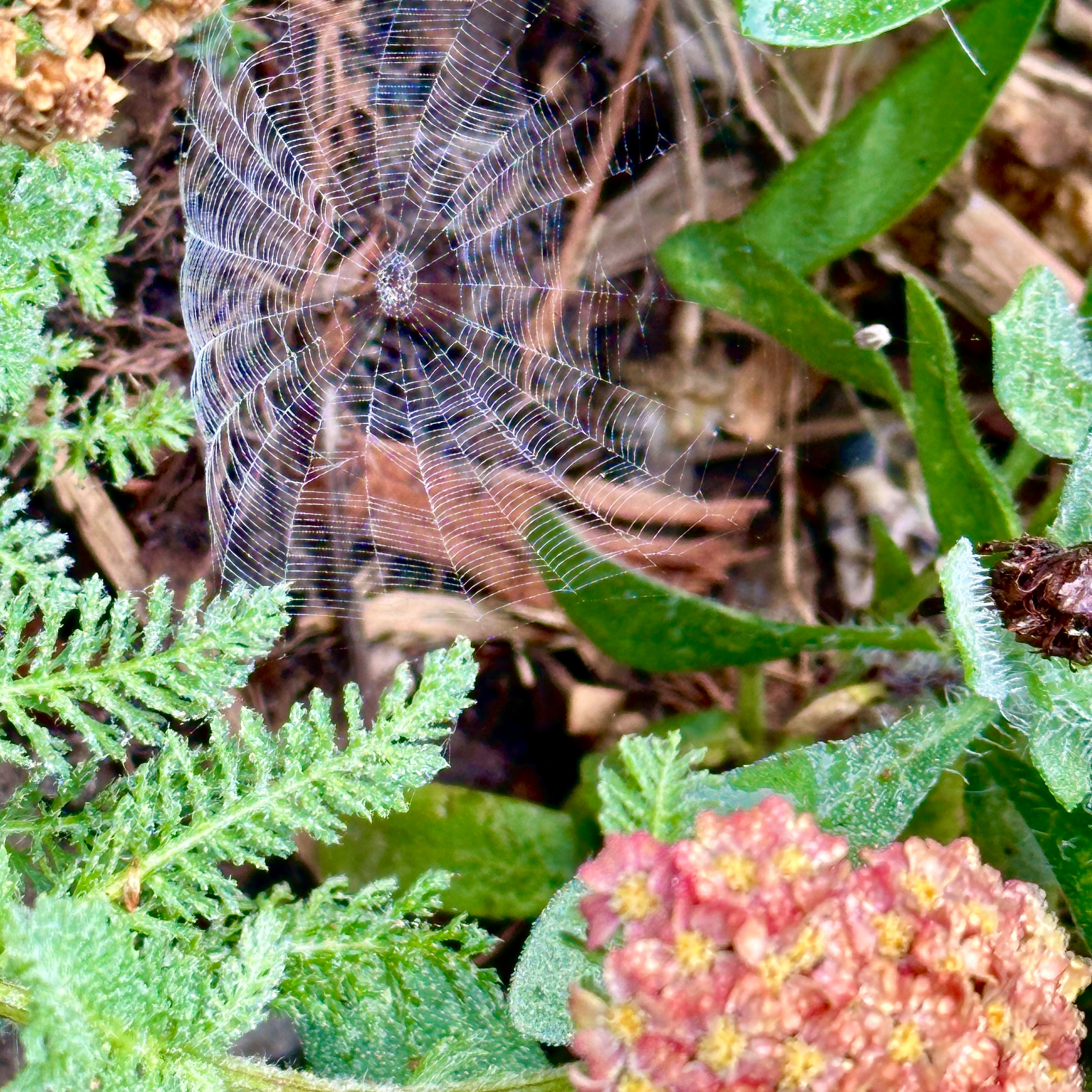November Garden Priorities for your Los Angeles Regenerative Garden
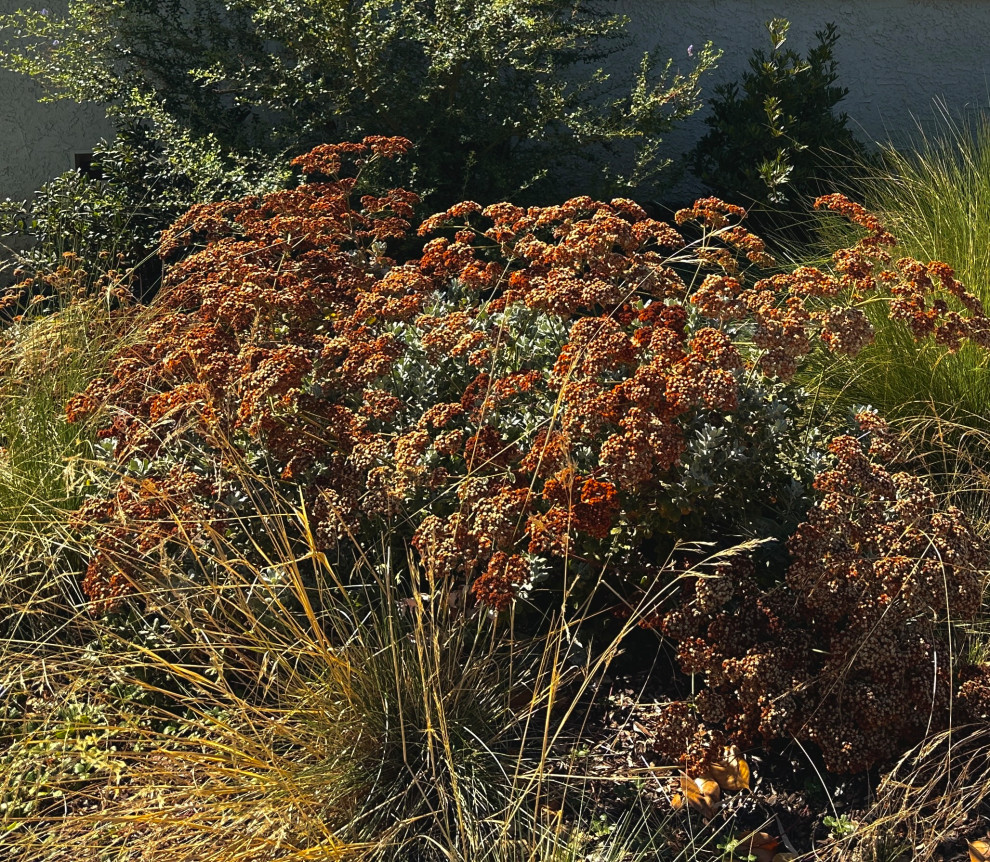
Regenerative Coastal California Gardening Guide
By Mandy Staal
California Certified Nursery Professional, California Naturalist, Certified California Native Plant Landscaper
Welcome to our Southern Coastal California Regenerative Gardening Guide. This guide aims to simplify garden maintenance for native gardens and food forests located in Sunset zones 22, 23, 24 or USDA zone 10b, specifically coastal Los Angeles and Long Beach. Learning how to take care of your garden fosters your connection with the land and ecosystems you live in. We intend for this guide to inspire you, not to intimidate you. Gardening is an art. You do not need a perfectly green thumb or to follow rules to a T to have a successful garden. A successful garden is whatever brings you joy.
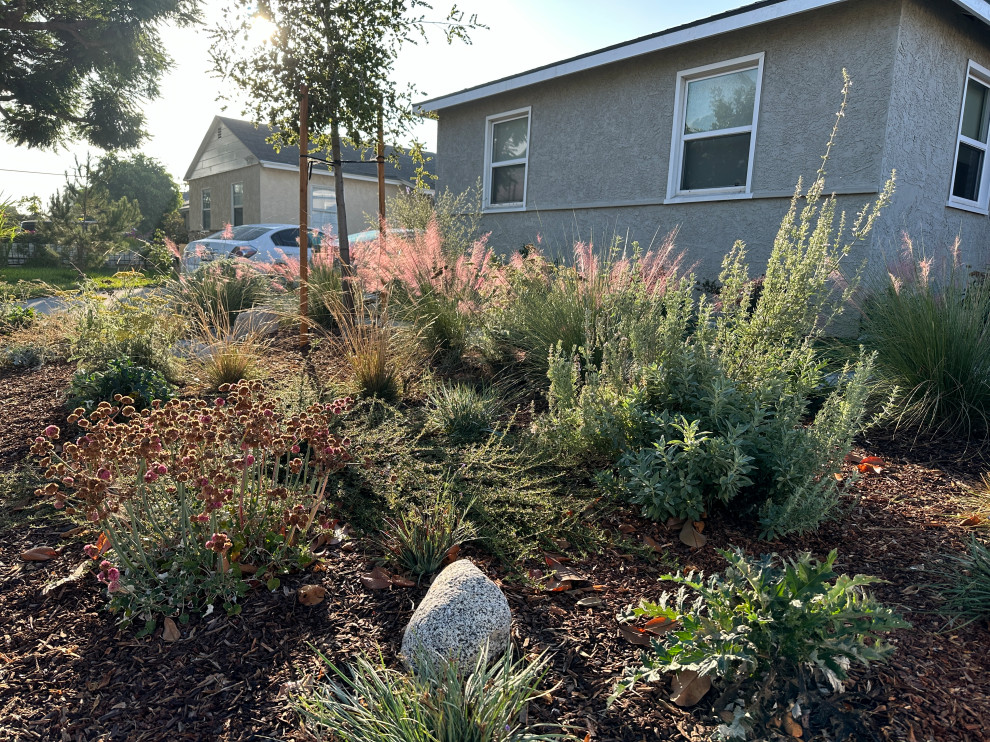
Weather and Climate
Intervals of fog and sun have lent us a temperate fall so far. Though it may still feel like summer some days, it is time to transition to the cooler season if you haven't begun already. The dry Santa Ana winds have been flowing through and taking a lot of moisture with them. Cooler nights and mornings allow the morning dew to linger. The days are slowly shortening and deciduous plants are turning hues of red and yellow.
Blooms, Color, and Pollinators
There are still some native plants providing food for pollinators at this time of the year. The hummingbirds, native and nonnative bees, butterflies, moths and more feast on these late bloomers
- buckwheat
- yarrow
- seaside daisy
- Menzies golden bush
- coyote bush
- California fuchsia
Harvests
November is the month of leafy greens and root veggies great for salads, pestos, and stews. The following are in season at farmers markets and may be mature enough for harvest in your garden depending on when you planted them.
- seeds
- herbs
- leafy greens: arugula, bokchoy, celery, chard, kale, lettuce, spinach
- root veggies: beets, carrots, radish,turnips
- brassicas: bokchoy, cabbage, kohlrabi, broccoli, cauliflower
- leeks
- peas
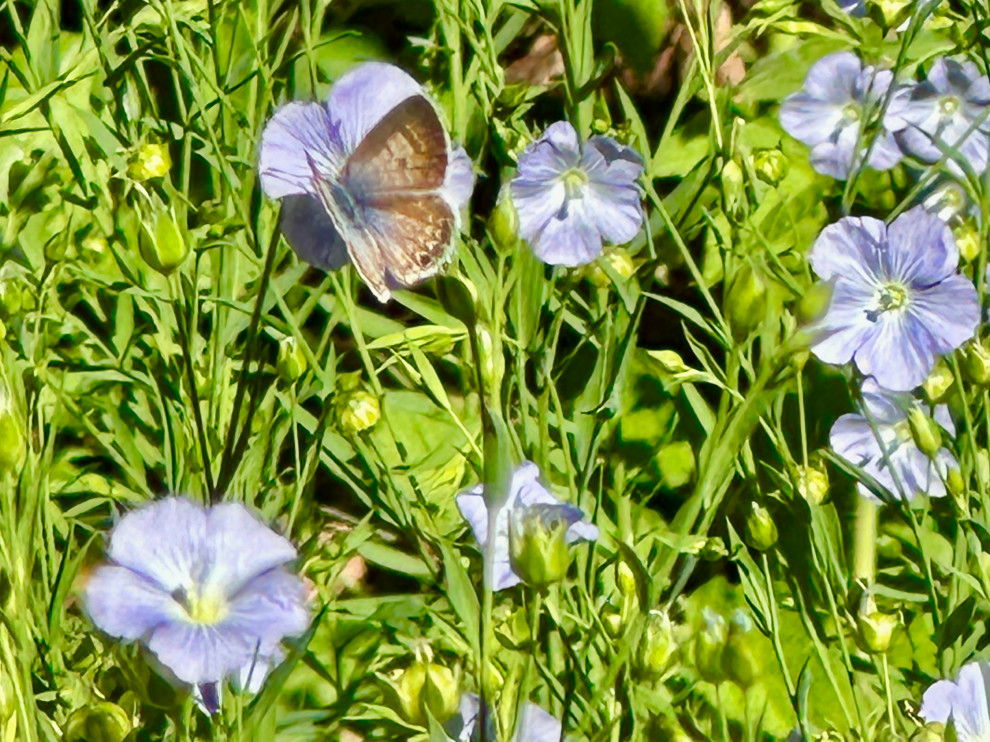
Planting
It is a great time to plant all sorts of things because the rain helps new transplants and seeds take off.
- For quick erosion control, spread a native seed mix including annuals like poppies and lupine as soon as possible. Especially if your home is located on or around the Palos Verdes Peninsula, consider deerweed, rattlepod and coastal buckwheat to fill in the smaller spaces and provide future habitat for PV & El Segundo blue butterflies.
- Mix your wildflower seeds with your native soil and a bit of water in a container before broadcasting to reduce birds nibbling on them.
- For large-scale, quick spreading erosion control, plant coyote bush and ceanothus.
- Plant bulbs, cool season edibles, cool season ornamental flowers and more.
Watering
With temperatures cooling and anticipated rain, most plants don’t need frequent water. Be sure to adjust irrigation to be even less frequent, if you haven’t already.
- Set your irrigation to manual once the rain starts so precious water is not wasted.
- In an established native garden, there’s no need for supplemental irrigation if it has rained more than 1.5” that month.
- As a rule of thumb, an established native garden only needs a deep soak once a month or less in the fall.
- Fruit trees appreciate a deep soak weekly to biweekly depending on your soil and how much fruit is on the tree.
- Raised beds and pots with new plantings prefer water every other day. Those with more established plants prefer water twice a week.
Keep in mind these estimates are highly variable according to plant needs, soil, sun, wind, etc. If you are in doubt about your watering schedule and amount, check the soil moisture 4 inches deep for trees and shrubs and 2 inches deep for annuals. Schedule a consultation !
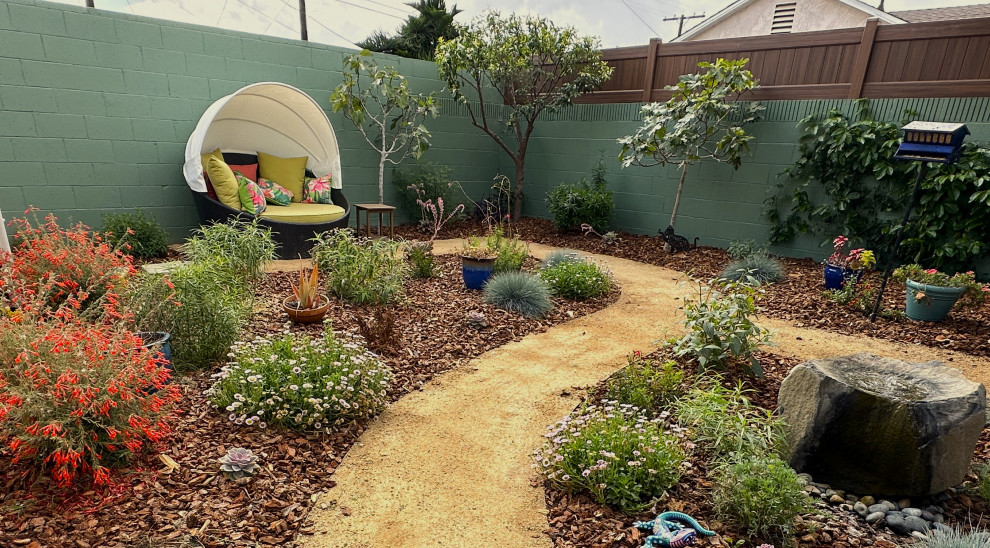
Pruning
- Most dormant plants are happy to be pruned while sleeping
- Prune dead, damaged, or diseased branches (sanitize between cuts).
- Thinning (removing certain branches to increase airflow), heading back (reducing overall size of a shrub by pruning to a bud), and aesthetic shaping are appropriate.
- Prune your native plants now so they can heal their wounds before the rain comes and risks spreading infections.
- Do not head back plants that are winter fruiting or blooming because you may be delaying them.
Fertilizing
- Fertilize your citrus if you haven’t already this fall.
- Do not fertilize plants that are deciduous or aren’t actively growing. They don’t need food while they sleep!
- Nonnative transplants can benefit from a bit of organic fertilizer in the bottom of the planting hole so it is readily absorbed by establishing roots.
Mulching and Compost
- Add compost and mulch if you haven’t this fall to improve soil quality. They will start breaking down nicely with the rain. These organic materials feed soil organisms like earthworms and fungi which then help feed plants. You may even get some cute mushrooms sprouting up post-rain!
- Make sure the crown (where the trunk meets soil and tapers) of trees and shrubs is not buried in mulch or compost as this can cause rot.
- Adding acidic grow mulch to acid loving plants like berries will help them stay healthy and green through the winter.
Pests and Diseases
- Keep an eye out for wilting or diseased plants. Powdery mildew or downy mildew may be culprits this time of year.
- To decrease risk of disease, thin branches to allow good circulation and air to flow through, reducing moisture sitting on leaves. Sanitize your pruners with alcohol pray in between cuts to prevent spreading infection.
Gratitude
What a world of beauty, abundance, and nourishment we live in. There is so much joy in gardening. How lucky we are to be able to cultivate the land, watch our plants grow, and enjoy the fruits of our labor. In the fall we watch as our gardens slow and rest in preparation for winter and spring. There is much to learn from nature. We hope you too can get the chance to slow down and spend some time smelling the fresh morning air and noticing all the different creatures your garden helps support. We have so much power to support life even in the smallest garden space. Thank you to all those who support us and allow us to bring more beauty to the world.
